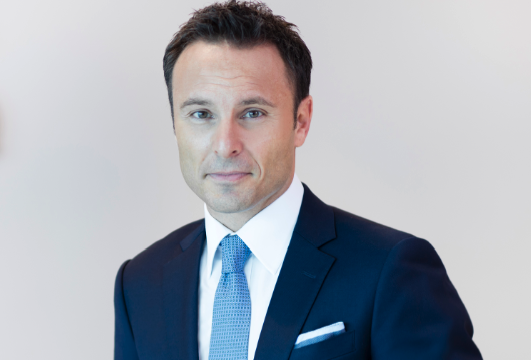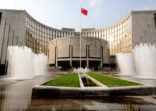René Buehlmann, UBS Asset Management
A very challenging year for China does not seem to have dampened foreign investor appetite, as they allocate additional money to domestic assets, especially equities, according to René Buehlmann, UBS Asset Management’s (UBS AM’s) Asia-Pacific head.
China’s markets, especially in equities, have been among the worst performing globally in 2018. Year-to-date, the MSCI China Index (offshore Chinese equities) performed -15.10, while the CSI China 300 Index (onshore Chinese equities) performed -24.35% in US dollar terms, according to data from FE Analytics.
“Despite very poor numbers on China indexes, you can see net inflows from foreign investors in 2018,” Buehlmann said during a recent media briefing.

Source: UBS Asset Management
In Europe, China equity funds saw net inflows of €4.69bn (5.33bn), according to data from Morningstar Direct. Also in other markets in Asia outside China, such as in Malaysia and Thailand, investors have poured money into such products. For example, China equity funds in Thailand saw net inflows of THB16.89bn ($520m), while Malaysia-based investors allocated $1.88bn into Greater China funds.
Sentiment better offshore?
Buehlmann said he believes that offshore investors are positive on China as at least 70% of the world’s GDP is coming from emerging markets, with China accounting for nearly 30% of that.
“Despite the fact we have very poor equity performance, when we look at where the growth is coming from, and quite frankly [will come from] in the future, it will be from emerging markets,” he explained.
He also noted that sentiment from offshore investors is actually better.
“The sentiment on China offshore is better than the sentiment onshore, because the deleveraging effect and the liquidity pressure have obviously [affected] onshore investors.”
Onshore sentiment in China has impacted its equities market, which has made it difficult for investment professionals to determine whether the market has bottomed out.
Continued build-out
Despite negative onshore sentiment, Buehlmann said his firm’s build-out of its onshore Chinese operations continues.
“We believe this situation as it stands right now, with gradual deleveraging where you see a slowdown or phasing-out of the shadow banking business, will actually shift more assets to traditional mutual funds or private funds,” he said.
The firm just announced it has appointed Raymond Yin to the newly-created role of head of China onshore and managing director.
Yin, who was previously partner and head of the international division for Shanghai Chongyang Investment Management and CEO of Chongyan International Asset Management, will be responsible for leading the execution of UBS AM’s China strategy, including the further expansion of its onshore wholly foreign-owned enterprises (WFOEs) and continued development of its joint venture with State Development Investment Corporation (SDIC), according to a statement.
In China, UBS AM has at least 30 staff, including investment management professionals. Its joint venture with SDIC has around 250 people, according to a Hong Kong-based spokeswoman.
Based in Shanghai, Yin will report to Buehlmann, the statement noted.
In China, UBS AM has WFOEs in Shanghai that follow a dual-track strategy, in which it has both a private fund management (PFM) licence and a qualified domestic limited partner (QDLP) licence.
The PFM licence allows foreign fund managers to invest in a portfolio of onshore assets and permits the product’s sale to a maximum of 200 domestic qualified investors, while the QDLP licence allows foreign managers to raise money domestically to invest in offshore traditional and alternative investments, including overseas equity and bond funds, hedge funds and real estate, within allocated quotas.
Under the PFM licence, the firm has already launched two onshore products: the China Equity Private Fund Series 1; and the China Ultra Short Income Bond Private Fund Series 1.

















